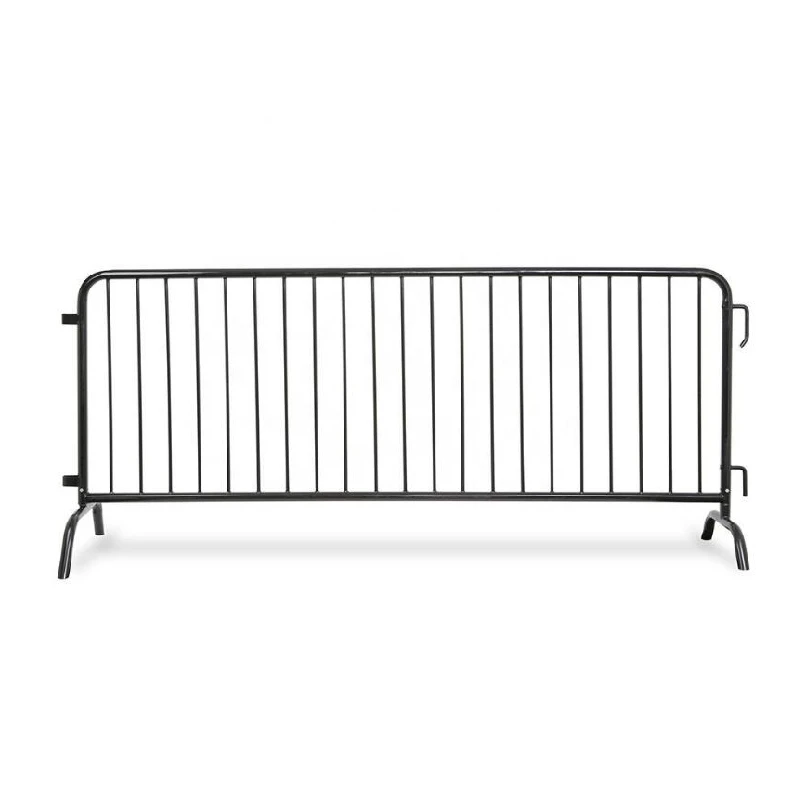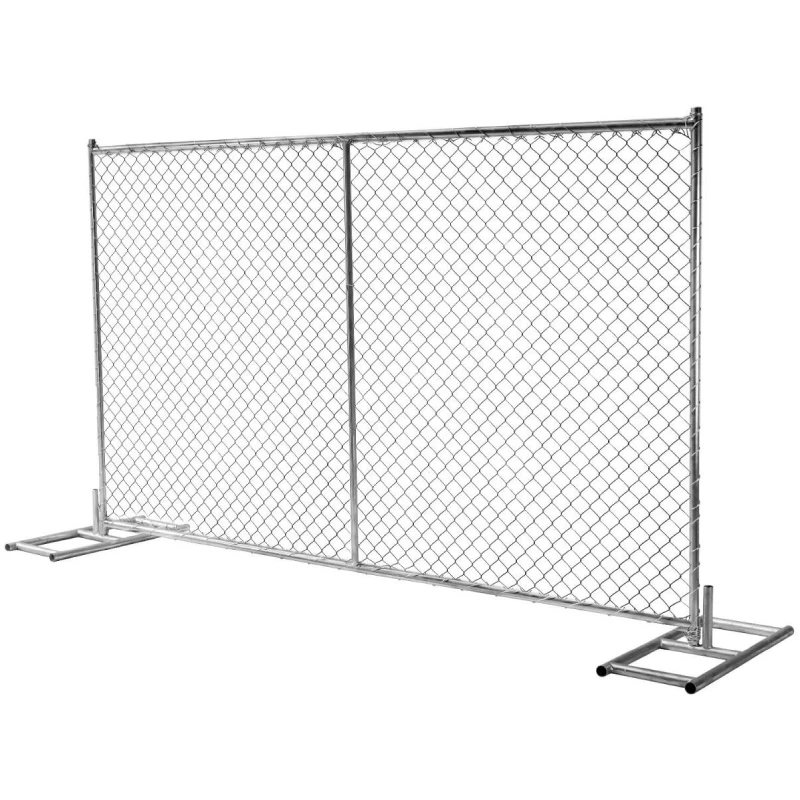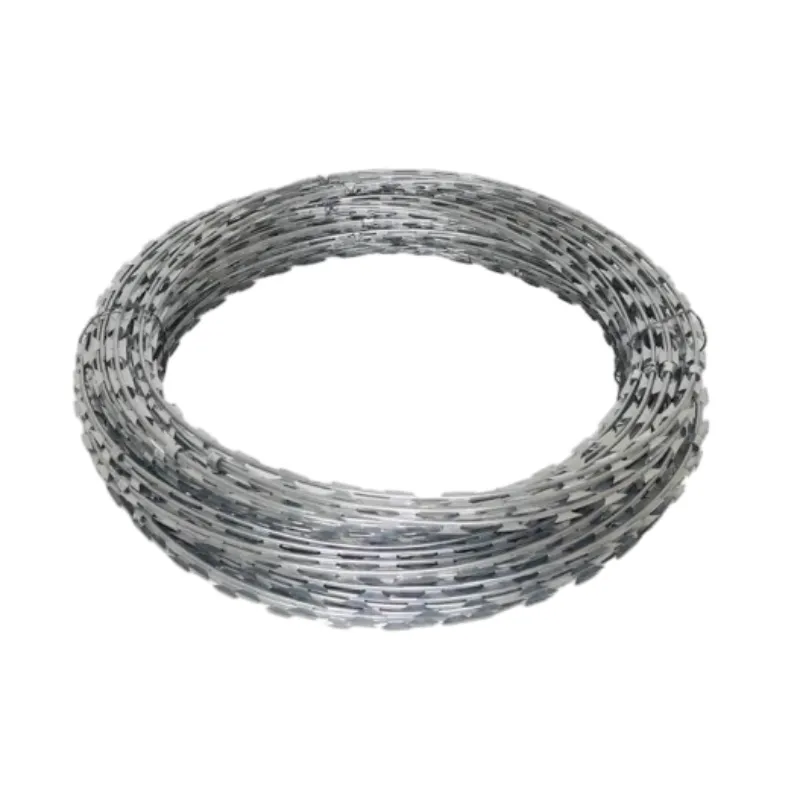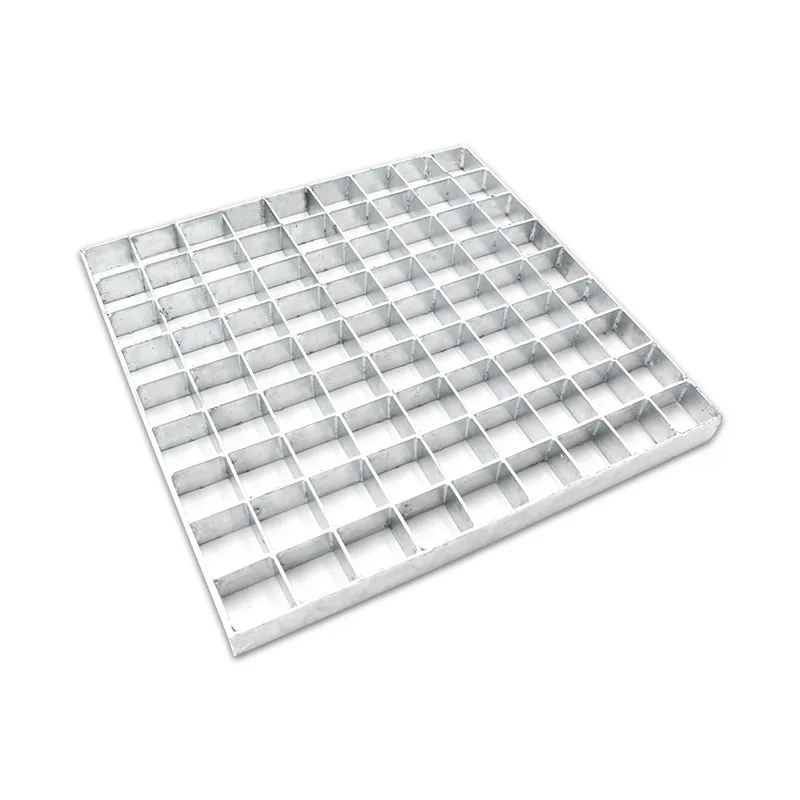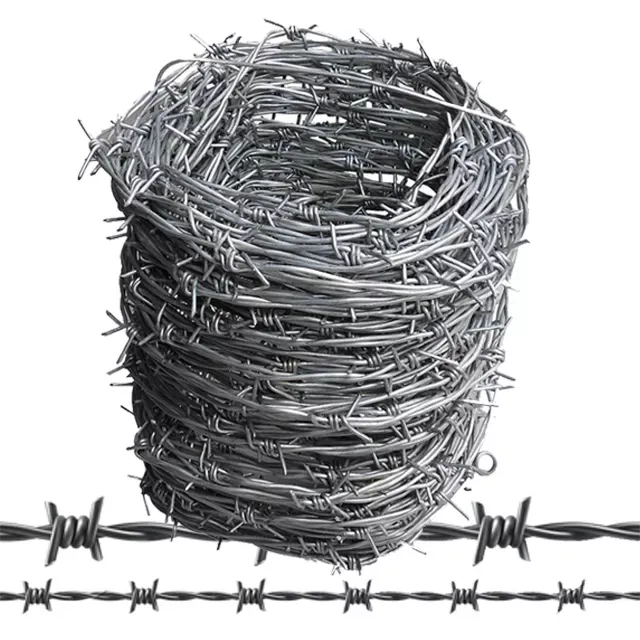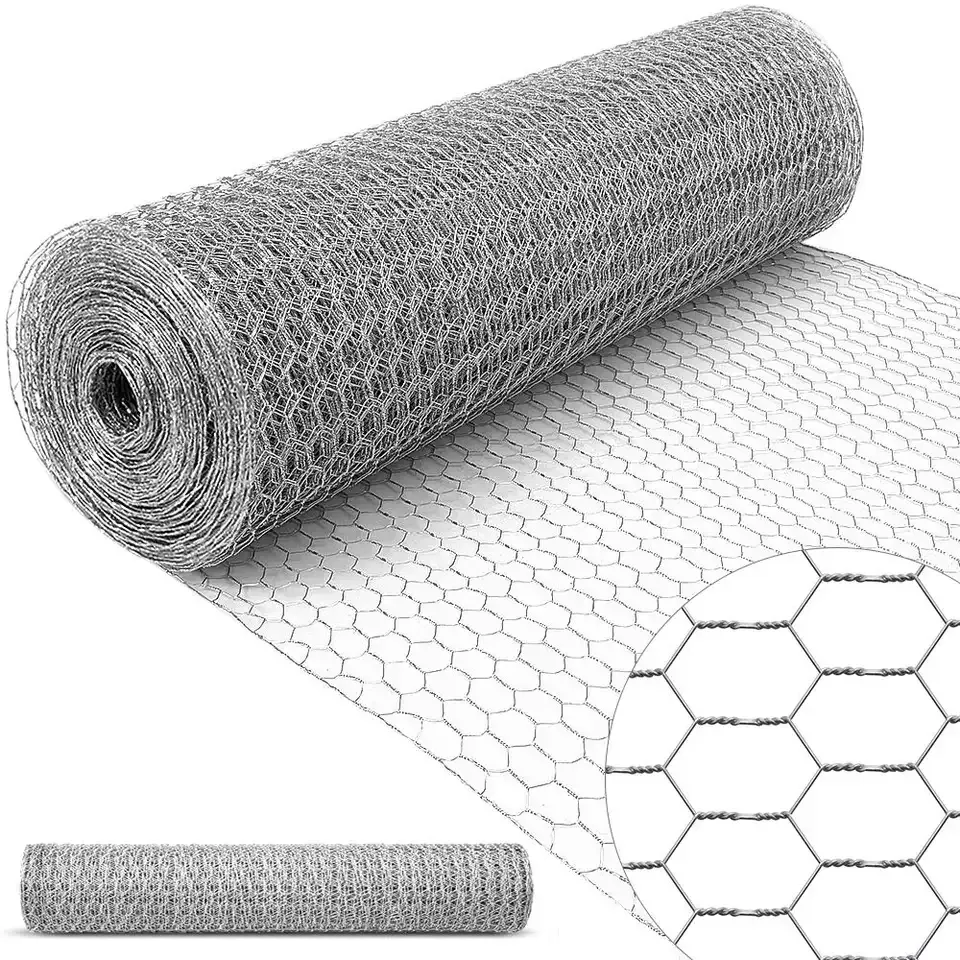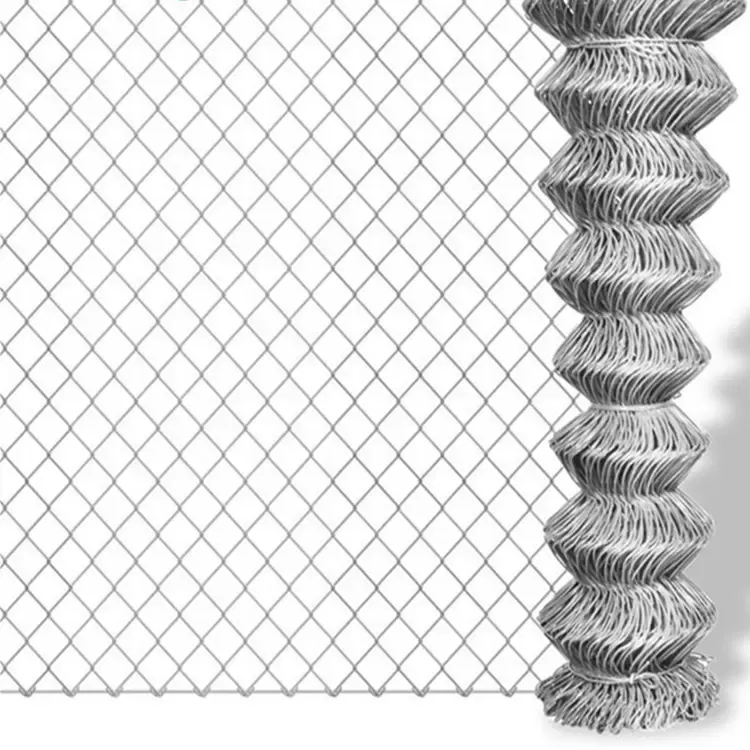
- Afrikaans
- Albanian
- Arabic
- Armenian
- Azerbaijani
- Basque
- Belarusian
- Bengali
- Bosnian
- Bulgarian
- Croatian
- Czech
- Danish
- Dutch
- English
- Esperanto
- Estonian
- Finnish
- French
- Galician
- Georgian
- German
- Greek
- hawaiian
- Hindi
- Hungarian
- Indonesian
- irish
- Italian
- Lao
- Latvian
- Lithuanian
- Luxembourgish
- Macedonian
- Maltese
- Myanmar
- Norwegian
- Polish
- Portuguese
- Romanian
- Russian
- Serbian
- Slovak
- Somali
- Spanish
- Swedish
- Thai
- Turkish
- Turkmen
- Vietnamese
Aug . 12, 2025 03:20 Back to list
Premium BRC Fence | Secure & Aesthetic Mesh Fencing
Understanding BRC Mesh Fences in Industrial & Commercial Security
The demand for robust and visually appealing perimeter security solutions has surged across diverse sectors. Among the leading choices, the brc fence, also known as roll-top fence or BRC mesh fence, stands out for its distinctive curved top and bottom edges, offering enhanced safety and aesthetic appeal. This design eliminates sharp edges, making it ideal for public areas, playgrounds, and commercial properties where safety is paramount. Its unique construction provides exceptional rigidity and impact resistance, crucial for securing critical infrastructure and industrial sites. Current industry trends indicate a growing preference for modular, easy-to-install fencing systems that do not compromise on security or durability.
Technological advancements in material science and coating processes have significantly improved the longevity and performance of brc mesh fence systems. Modern manufacturing techniques ensure precise welding and consistent panel dimensions, which are vital for rapid deployment and uniform appearance. The market is increasingly driven by the need for cost-effective yet high-security solutions, prompting manufacturers to innovate with new materials and protective layers. Moreover, the integration of advanced security features, such as CCTV mounting points and access control systems, further elevates the versatility of these fencing solutions, positioning them as a cornerstone of contemporary perimeter management strategies across various B2B applications.
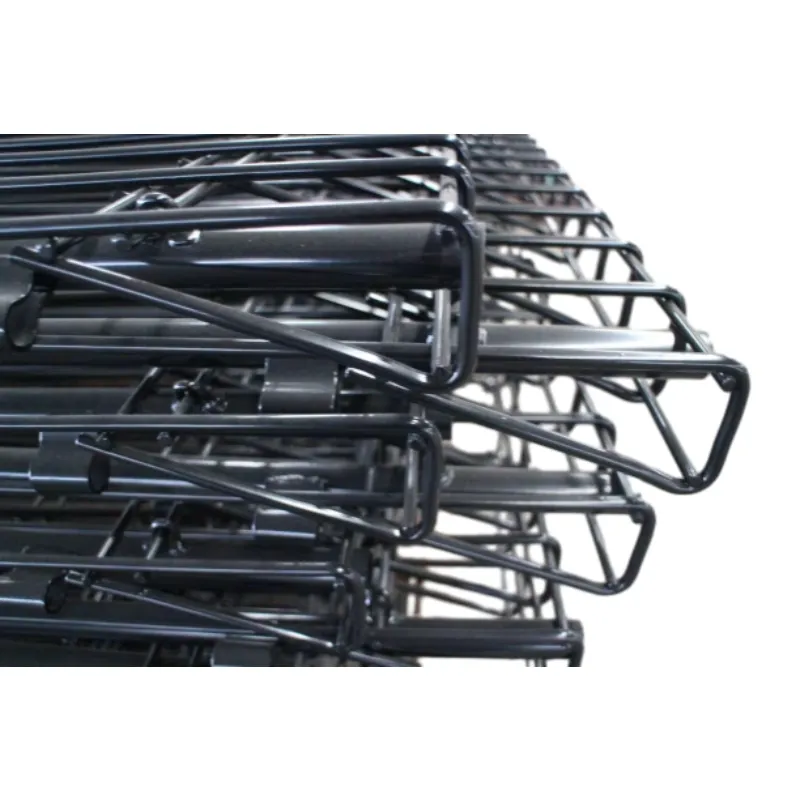
Detailed Manufacturing Process of BRC Mesh Fence
The production of high-quality BRC Mesh Fence involves a meticulous, multi-stage manufacturing process to ensure its structural integrity, corrosion resistance, and aesthetic finish. It begins with the selection of premium-grade steel wire, typically low-carbon steel or galvanized steel, known for its high tensile strength. This raw material undergoes a precise wire drawing process to achieve the desired wire diameter, ranging from 4.0mm to 6.0mm. Subsequently, these wires are cut to specific lengths and fed into automated welding machines. The crucial step here is the resistance welding process, where horizontal and vertical wires are fused together at each intersection, forming a rigid mesh panel with precise mesh apertures, commonly 50x150mm or 50x200mm. This welding method ensures uniform panel strength and prevents wire slippage, contributing to the overall stability of the brc mesh fencing.
Following the welding, the distinct roll-top and roll-bottom features of the fence brc are formed by precise bending machines, creating the characteristic triangular roll sections that enhance rigidity and eliminate sharp edges. The subsequent stage is surface treatment, a critical factor for durability and lifespan. Options include hot-dipped galvanization, electro-galvanization, and PVC/powder coating. Hot-dipped galvanization, adhering to standards like ASTM A123 or ISO 1461, provides a thick zinc layer for superior anti-corrosion performance, crucial for applications in humid or coastal environments. Powder coating, applied over a galvanized base, offers an additional protective layer and a wide range of aesthetic colors, meeting specifications like RAL. Each batch undergoes rigorous quality control checks, including pull-out tests for welds, coating thickness measurement, and visual inspection to comply with industry standards such as ISO 9001 for quality management and applicable ANSI specifications for material properties. This ensures a typical service life exceeding 15-20 years in standard conditions, making it suitable for industries like petrochemicals, metallurgy, and public infrastructure where longevity and low maintenance are vital.
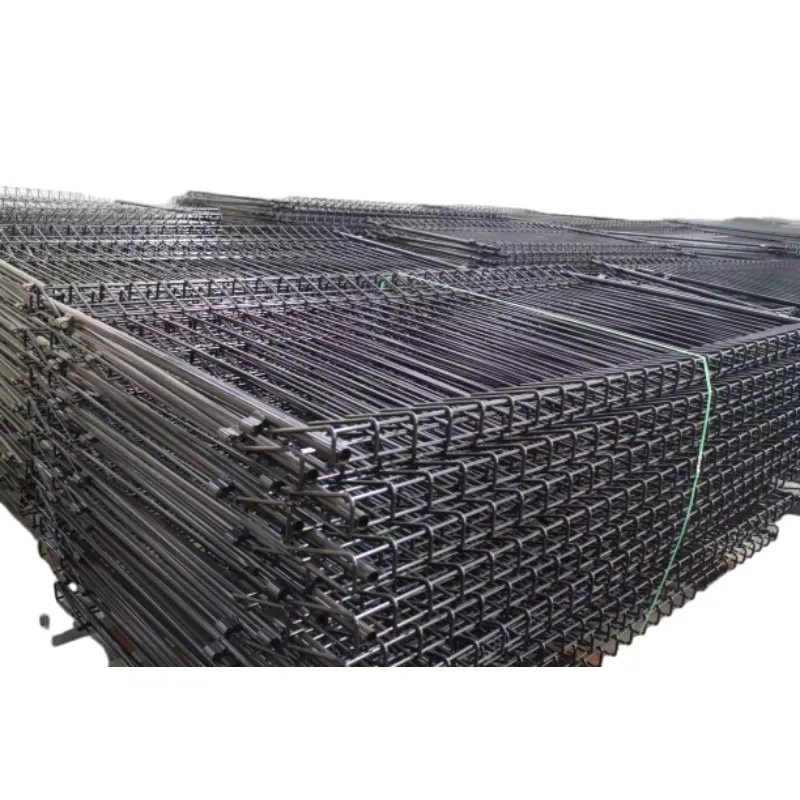
Technical Parameters and Specifications of BRC Fencing
Understanding the technical specifications of a brc fencing system is paramount for engineering and procurement professionals to ensure suitability for specific project requirements. Key parameters include wire diameter, mesh size, panel height and width, and surface treatment type. These specifications directly impact the security level, aesthetic outcome, and longevity of the fence. For instance, a larger wire diameter (e.g., 5.0mm to 6.0mm) significantly increases the panel's rigidity and cut resistance, making it suitable for high-security applications where forced entry deterrence is critical. Conversely, thinner wires might be used for aesthetic or demarcation purposes in less sensitive areas.
The mesh aperture size dictates visibility through the fence and resistance to climbing. Common mesh sizes like 50x150mm or 50x200mm strike a balance between visibility and security. Panel heights typically range from 0.9m to 2.4m, with standard widths of 2.4m or 3.0m, allowing for versatile installation across various terrains and security needs. The table below provides a typical range of specifications for BRC Mesh Fence systems commonly requested in industrial and commercial projects. These parameters are often customized to meet unique site conditions, ensuring optimal performance and compliance with local safety regulations.
| Parameter | Standard Range | Notes |
|---|---|---|
| Wire Diameter (mm) | 4.0 - 6.0 | Heavier gauge for higher security. |
| Mesh Aperture (mm) | 50x150, 50x200 | Optimized for security and visibility. |
| Panel Height (m) | 0.9 - 2.4 | Commonly 1.2m, 1.8m, 2.1m. |
| Panel Width (m) | 2.4, 3.0 | Standard lengths for efficient installation. |
| Surface Treatment | Hot-dipped Galvanized, Electro-Galvanized, PVC/Powder Coated | Multi-layer corrosion protection. |
| Tensile Strength (MPa) | Typically 500-600 | High strength steel for durability. |
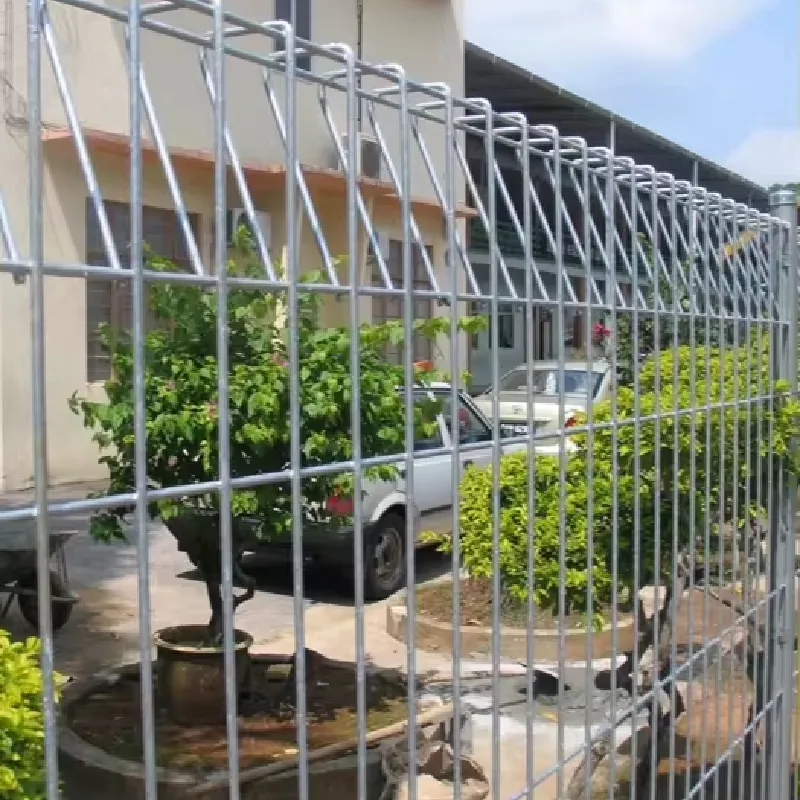
Applications and Advantages of BRC Fencing Solutions
The versatility of brc fence makes it an ideal choice for a wide array of industrial, commercial, and public applications. Its unique design, characterized by the roll-top and roll-bottom, offers inherent safety features by eliminating sharp edges, making it particularly suitable for environments with high human traffic, such as schools, parks, and residential complexes. In industrial settings, it provides effective perimeter security for factories, warehouses, and logistics centers, offering clear sightlines for surveillance while deterring unauthorized access. Its robust construction makes it resistant to tampering and vandalism, contributing to reduced security breaches and asset protection.
Beyond general security, brc mesh fencing finds critical applications in specific sectors. In the petrochemical and metallurgy industries, where corrosive environments are common, the multi-layered surface treatment (hot-dip galvanization followed by powder coating) ensures exceptional anti-corrosion properties and extended service life, minimizing maintenance costs. For water treatment plants and utilities, it provides secure enclosures without impeding visual inspections of equipment. Furthermore, its ease of installation and relatively low total cost of ownership, compared to heavier-duty security fences, make it an economically viable option without compromising on security performance. The consistent panel size and simple post attachment mechanism lead to quicker deployment, significantly reducing labor costs and project timelines. Its clear design also allows for easy integration with advanced security systems like motion sensors and CCTV cameras.
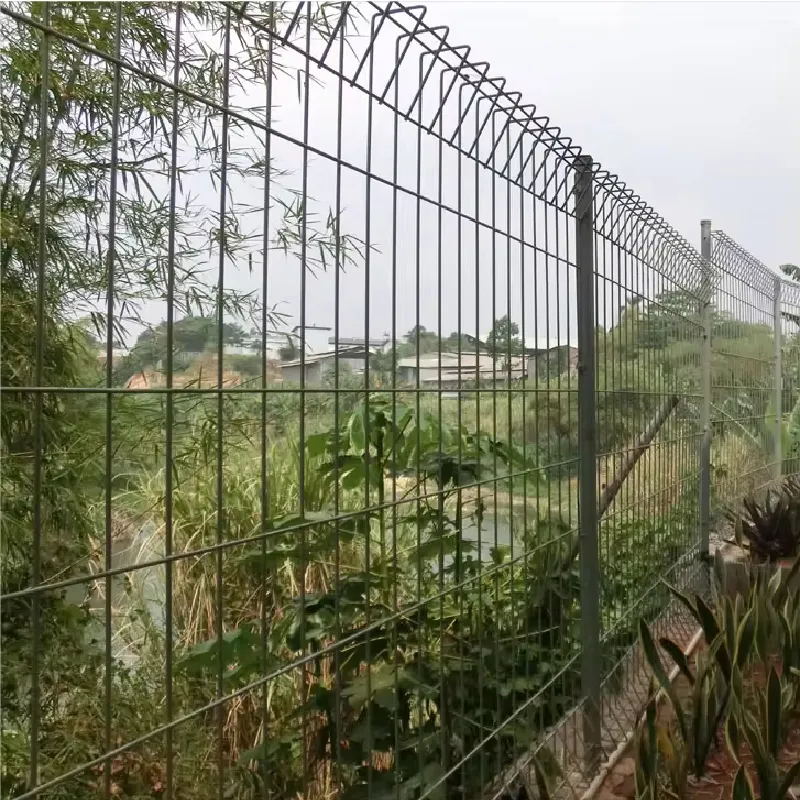
Choosing Your BRC Fence Supplier: Key Considerations
Selecting the right supplier for your brc fence project is crucial for ensuring product quality, timely delivery, and long-term satisfaction. While many manufacturers offer BRC mesh fence, their capabilities, quality control processes, and customer support vary significantly. A reputable supplier will not only provide products meeting international standards like ISO 9001 but also demonstrate a deep understanding of customization needs. For instance, specific panel heights, non-standard colors (beyond standard RAL 6005 green or RAL 9010 white), or specialized anti-climb features might be required. Evaluating a supplier's experience, particularly their track record with similar B2B projects, can provide valuable insights into their reliability and expertise.
Beyond standard product offerings, consider a supplier's ability to offer comprehensive support, including technical consultations, detailed CAD drawings, and efficient logistics. Transparent communication regarding production timelines and delivery schedules is indicative of a well-managed operation. A supplier with a proven history of collaboration with major construction firms or government agencies often signals a higher level of authority and trustworthiness in the industry. Furthermore, inquire about their warranty policies and post-sales support, as these are critical for addressing any potential issues down the line. Our company, with over 15 years of experience in the fencing industry, has successfully completed projects ranging from large-scale industrial complexes to public utility perimeters, adhering strictly to international quality and safety benchmarks, reinforcing our commitment to delivering superior brc fencing solutions.
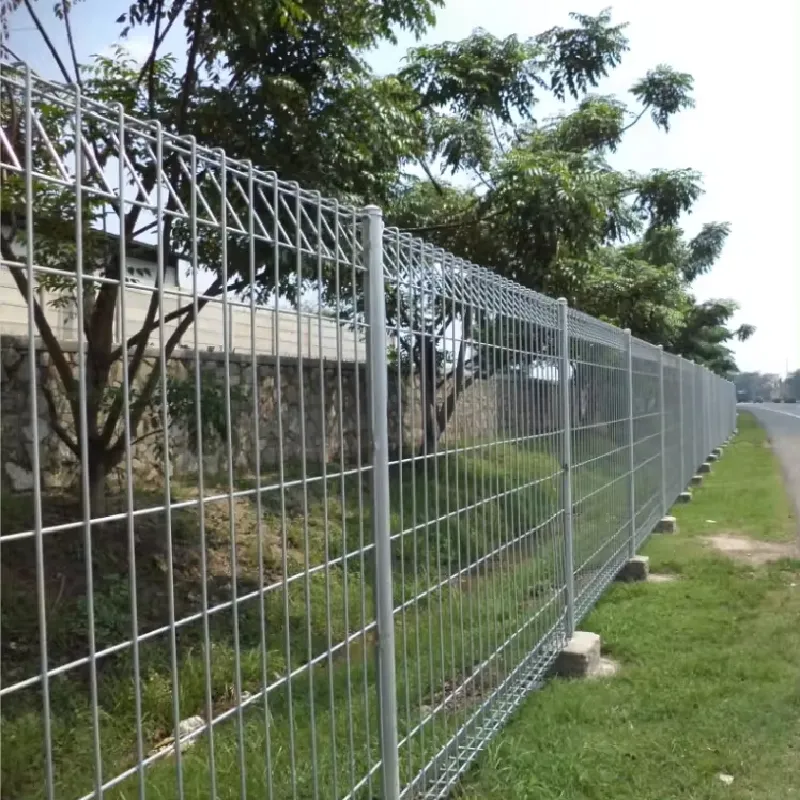
Customization and Project-Specific Solutions for BRC Fences
Every perimeter security project presents unique challenges and requirements, making customization a key differentiator in the BRC fence market. While standard panel sizes and finishes are widely available, specialized projects often necessitate tailored solutions. This could involve bespoke panel heights to integrate with existing infrastructure or to meet specific security clearance levels. For instance, in data centers or high-security facilities, incorporating anti-climb features like razor wire or spiked tops directly onto the brc fence, or designing integrated conduit systems for cabling, enhances overall security. Non-standard color coatings, specified to align with corporate branding or local architectural guidelines, are also a common customization request, demonstrating flexibility in aesthetic integration.
Our expertise extends to providing comprehensive customized solutions, from initial consultation and site assessment to detailed design and manufacturing. We leverage advanced CAD software to generate precise technical drawings, ensuring that every component of the brc mesh fence system aligns with project specifications and regulatory compliance. Past projects include tailored installations for solar farms, where fence height and mesh size were optimized to prevent animal intrusion while maintaining solar panel efficiency, and for commercial airports, where panel design allowed for seamless integration with advanced surveillance technologies. This client-centric approach, combined with stringent adherence to international quality benchmarks, ensures that each custom solution not only meets but exceeds operational expectations, providing long-term value and peace of mind for B2B clients globally.
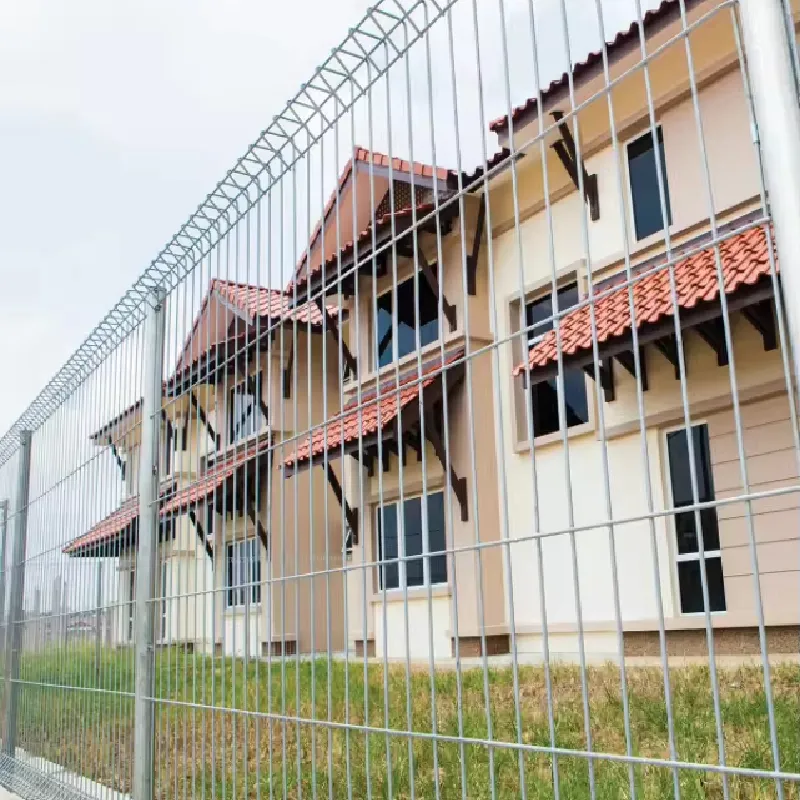
FAQ: Your Questions About BRC Fencing Answered
-
Q: What makes BRC Mesh Fence different from other welded mesh fences?
A: The primary distinguishing feature of a brc fence is its unique roll-top and roll-bottom design. These curved sections not only provide superior rigidity and strength compared to flat welded mesh panels but also eliminate sharp edges, making the fence safer for public areas and significantly harder to climb over. This design enhances both security and aesthetic appeal, offering a smoother, more modern look. -
Q: How long does a BRC Mesh Fence typically last?
A: With proper manufacturing and surface treatment, a high-quality brc fencing system can last for 15 to 20 years or even longer. Hot-dipped galvanized and PVC/powder-coated fences offer excellent corrosion resistance, especially in harsh weather conditions. Regular maintenance, though minimal, can further extend its lifespan. -
Q: What is the typical delivery period for a large BRC fence order?
A: Delivery periods for large orders of brc mesh fence vary based on volume, customization requirements, and current production schedules. Typically, after order confirmation and deposit, production can range from 2 to 4 weeks, with shipping adding another 3 to 6 weeks depending on the destination. Expedited services may be available for urgent projects. We ensure transparent communication throughout the entire process. -
Q: What kind of warranty do you offer on your BRC Mesh Fences?
A: We stand by the quality of our products. Our BRC Mesh Fences typically come with a warranty covering manufacturing defects and significant material degradation for a period of 5 to 10 years, depending on the specific product line and surface treatment. Details are provided in our official quotation and contract. Our dedicated customer support team is always available to assist with any concerns.
Authoritative References
- ISO 9001:2015 Quality management systems — Requirements. International Organization for Standardization.
- ASTM A123/A123M-17: Standard Specification for Zinc (Hot-Dip Galvanized) Coatings on Iron and Steel Products. ASTM International.
- British Standard BS EN 10244-2: Steel wire and wire products — Non-ferrous metallic coatings on steel wire — Part 2: Zinc or zinc alloy coatings. British Standards Institution.
- The Fencing Handbook: A Guide to Materials, Installation, and Applications.
-
Why Welded Gabions Are Redefining Modern Landscape
NewsAug.18,2025
-
Padel Court for Sale
NewsAug.18,2025
-
Modern Open Gable Trellis System
NewsAug.18,2025
-
Guide to Durable and Efficient Fence Post Solutions
NewsAug.18,2025
-
Durable and Affordable Y Post Fence Solutions
NewsAug.18,2025
-
Construction Projects with Reliable Gabion Solutions
NewsAug.18,2025


